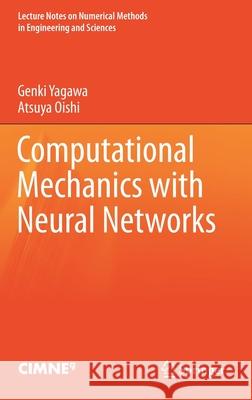Computational Mechanics with Neural Networks » książka
topmenu
Computational Mechanics with Neural Networks
ISBN-13: 9783030661106 / Angielski / Twarda / 2021 / 228 str.
Computational Mechanics with Neural Networks
ISBN-13: 9783030661106 / Angielski / Twarda / 2021 / 228 str.
cena 914,43
(netto: 870,89 VAT: 5%)
Najniższa cena z 30 dni: 866,30
(netto: 870,89 VAT: 5%)
Najniższa cena z 30 dni: 866,30
Termin realizacji zamówienia:
ok. 10-14 dni roboczych.
ok. 10-14 dni roboczych.
Darmowa dostawa!
Kategorie:
Kategorie BISAC:
Wydawca:
Springer
Seria wydawnicza:
Język:
Angielski
ISBN-13:
9783030661106
Rok wydania:
2021
Wydanie:
2021
Numer serii:
000383757
Ilość stron:
228
Waga:
0.51 kg
Wymiary:
23.39 x 15.6 x 1.42
Oprawa:
Twarda
Wolumenów:
01
Dodatkowe informacje:
Wydanie ilustrowane











